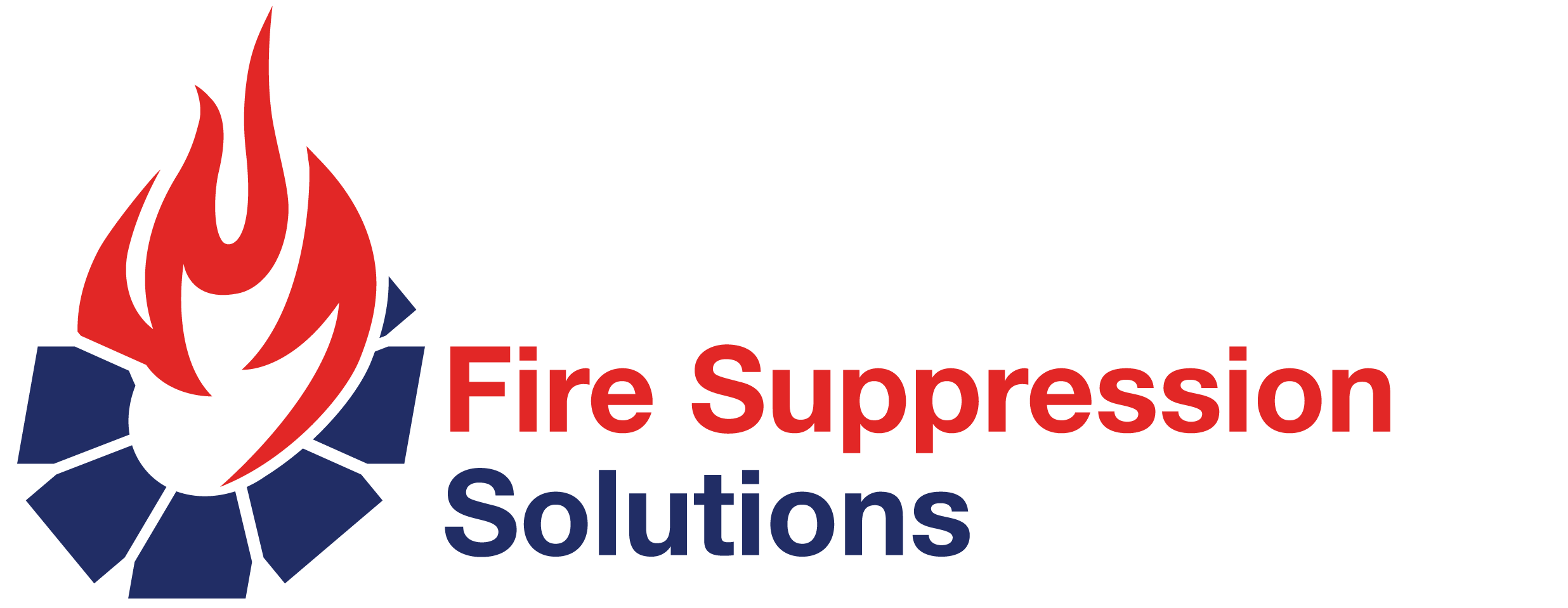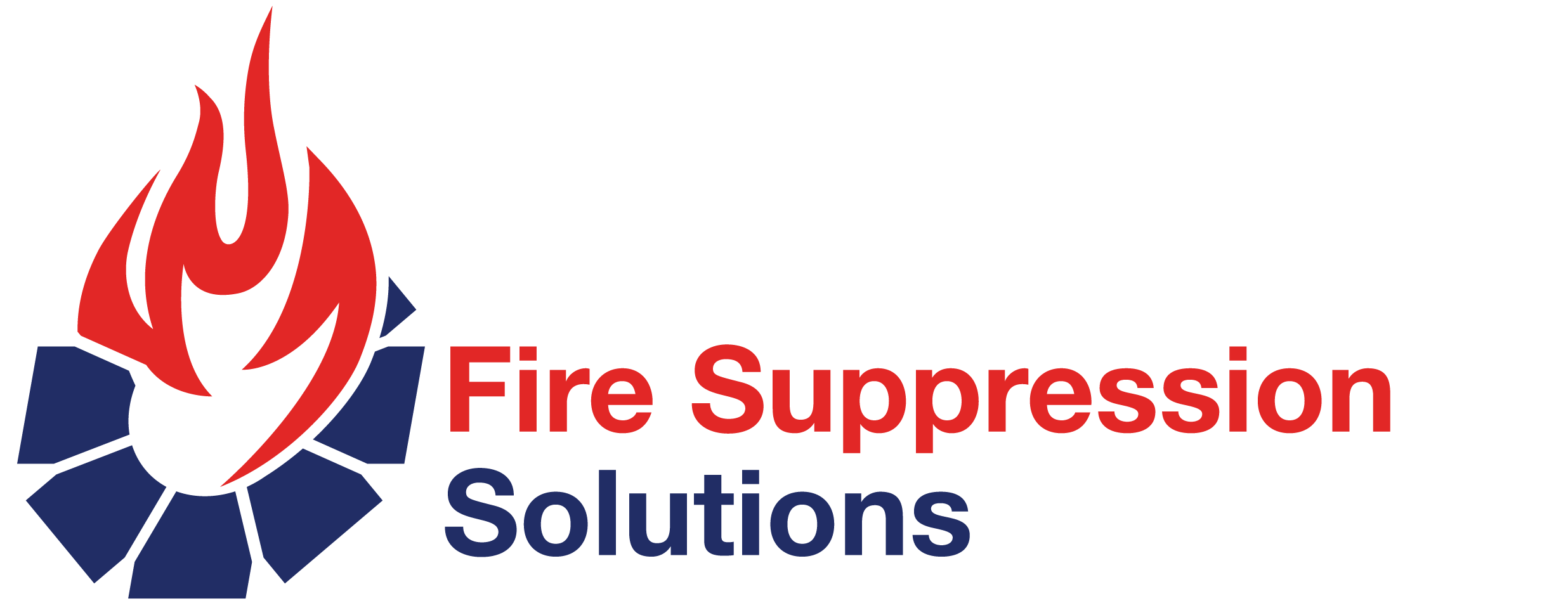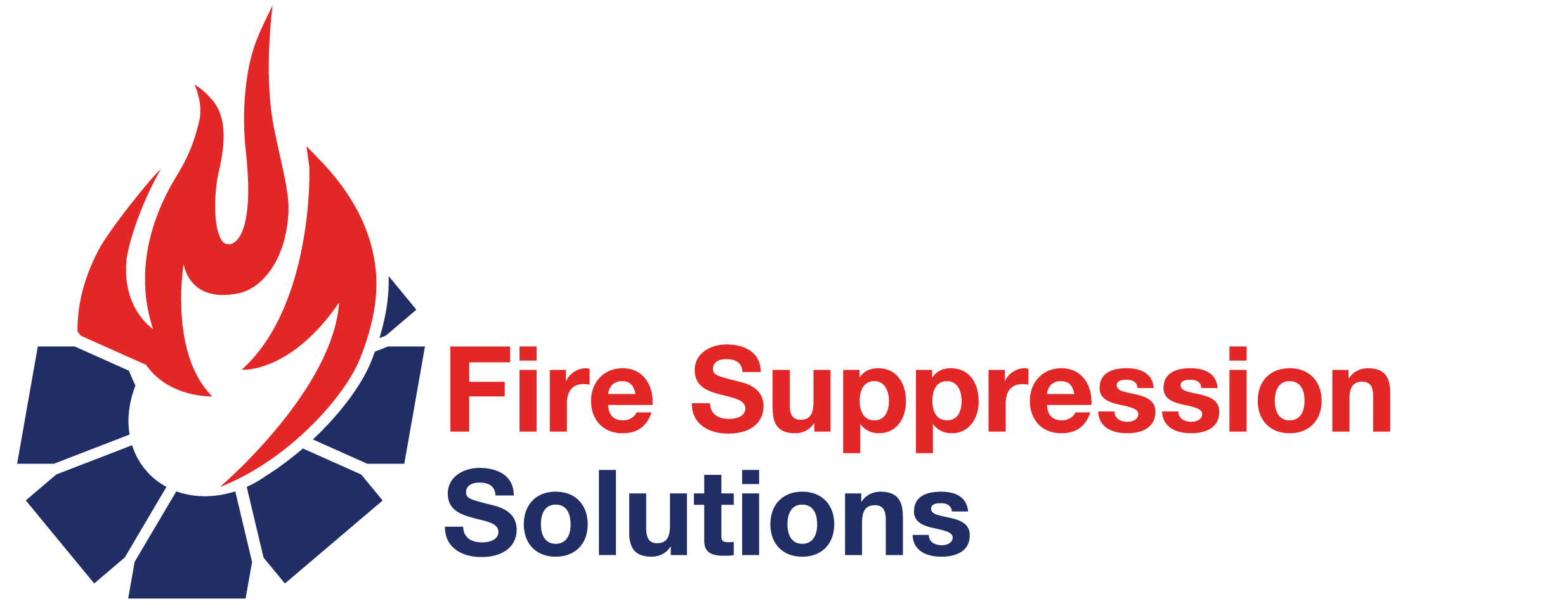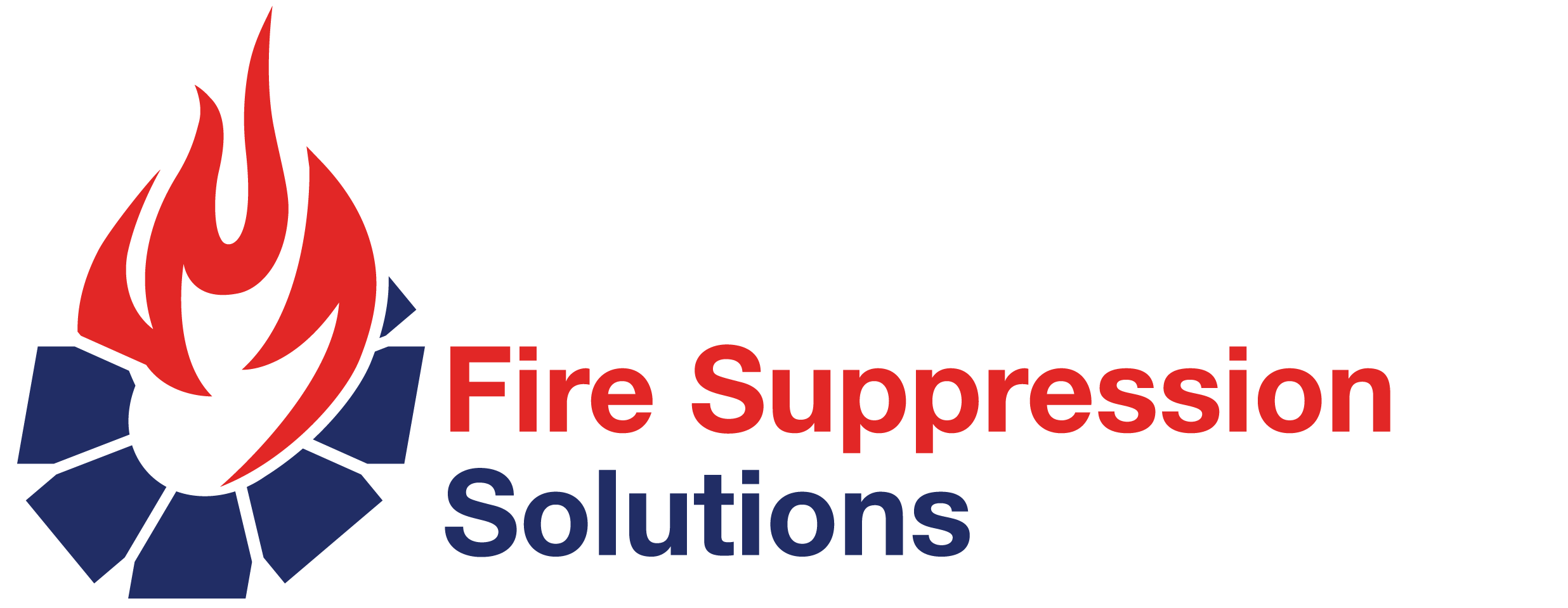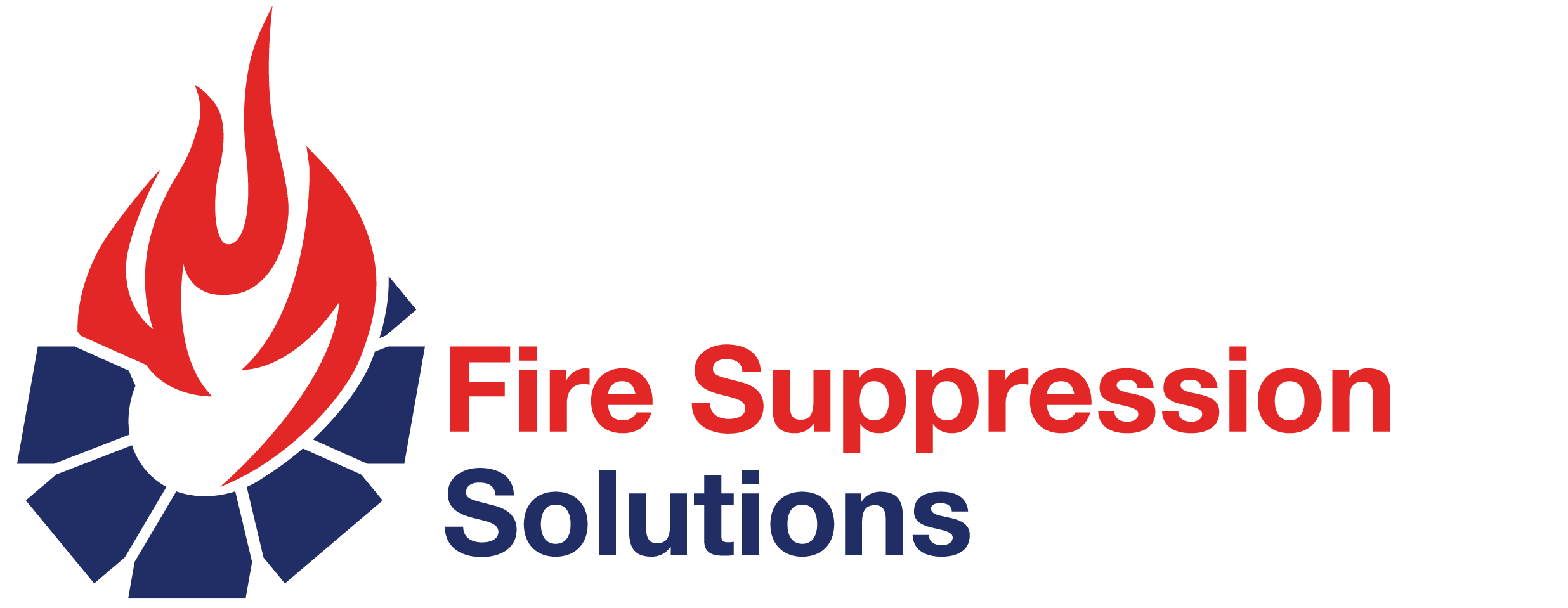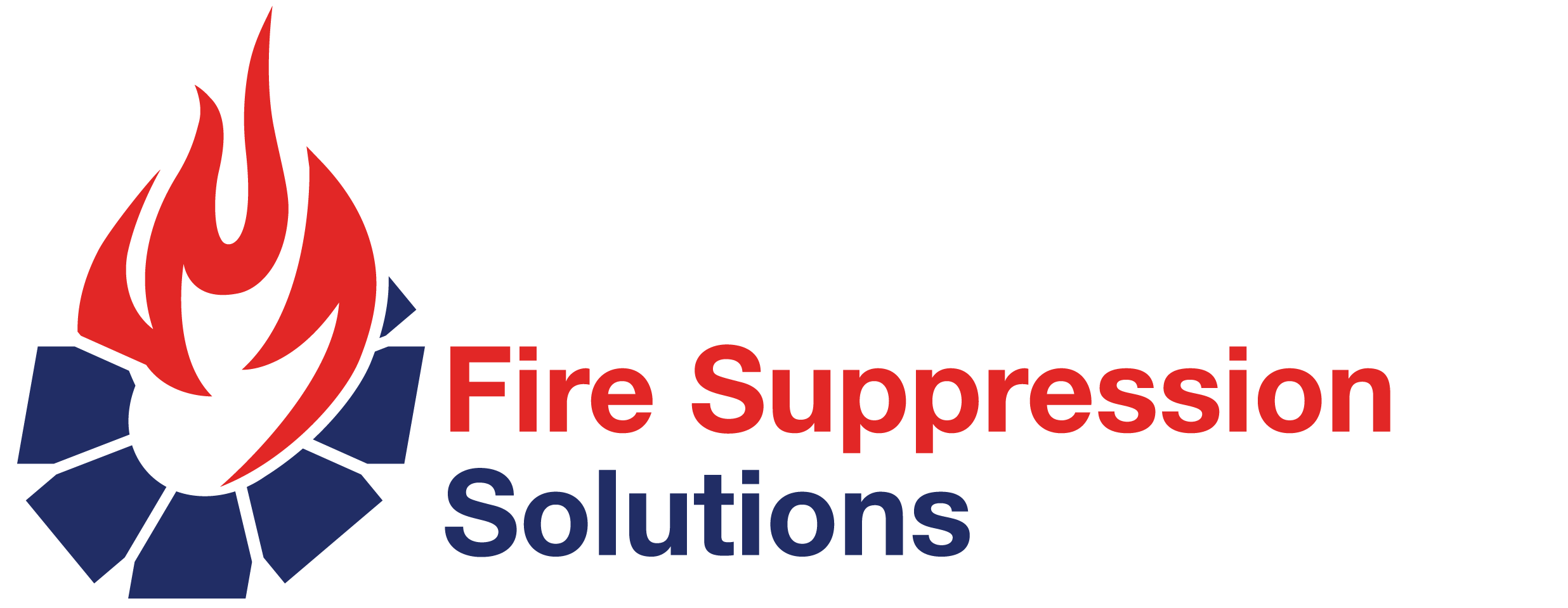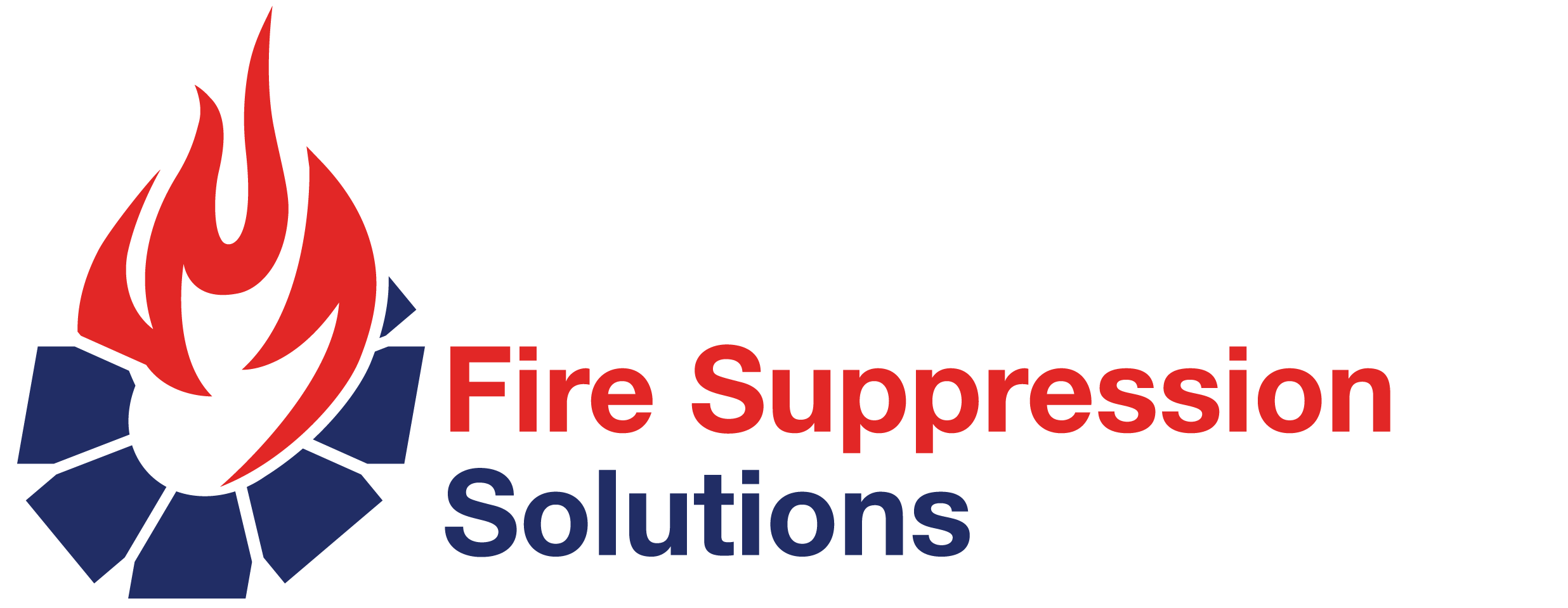Fire Suppression Systems–Level 1 Service
-
VDAS Loss Of Pressure (LOP) Fire Suppression System Doc No: QWI11.02
-
Maintenance Service Record in accordance with AS5062-2022
Customer Details:
-
Customer:
-
Location
-
Date:
-
Machine ID No:
-
Machine Type
-
Machine Model
-
Purchase Order No:
-
Work Order No:
6-Monthly Service Sheet
Fire System Information
-
Cylinder Size
- 12L
- 23L
- 25L
- 35L
- 45L
- 65L
- 88L
- 106L
-
Portable Water QTY 18.4 Lt. / F3 Foam Qty .6 Lt.
-
Portable Water QTY 25 Lt. / F3 Foam Qty 1 Lt.
-
Portable Water QTY 32.9 Lt. / F3 Foam Qty 1.1 Lt.
-
Portable Water QTY 48.5 Lt. / F3 Foam Qty 1.5 Lt.
-
Portable Water QTY 64 Lt. / F3 Foam Qty 2 Lt.
-
Portable Water QTY 77.5 Lt. / F3 Foam Qty 2.5 Lt.
-
Verify and record the cylinder(s) manufacture date. If this exceeds five years old then the cylinder will require an inspection and hydrostatic test in accordance with AS2030.5 and AS2337.1.
-
Confirm and ensure all cylinder(s) bracket bolts are tight and bracket(s) are in a serviceable condition.
-
Check all fire suppression labels are installed and legible
-
Number of 12L Cylinders?
-
Verify and record the cylinder(s) manufacture date. If this exceeds five years old then the cylinder will require an inspection and hydrostatic test in accordance with AS2030.5 and AS2337.1.
-
Nozzle Quality
-
Check nozzles for correct alignment and ensure each nozzle is pointing at per- determined aiming points free of obstructions.
-
Alarm Panel
Service Information
-
Is the Equipment Serviceable?
- Compliant
- Non-Compliant
- N/A
-
Can the Issue be rectified?
-
Parts used to Rectify issue
-
Check safety pins & anti-tamper ties are fitted on the remote actuators & ensure remote actuators are free of<br>damage.
-
Check all fire suppression labels are installed and legible (Remote actuators,<br>system warning etc).
-
Identify and record the type of foam installed in service as per the cylinder label (F3 Foam, C6 type foam). Foam Type?
-
Check that the alarm panel is functional (if fitted.)
-
Flush water (or blow compressed air/nitrogen, using extreme care) through the ring main to make sure there are no obstructions in the circuit and the dust caps blow off freely.
-
Lubricate nozzle O-rings with Molykote 111 O-ring grease and re-fit dust caps onto the<br>nozzles.
-
Inspect all hose and tube work for signs of damage (mechanical or abrasive) and ensure all hoses/hose ends and tube are tight, secured and in place.
-
Replace any worn or damaged parts.
-
Parts Replaced
-
Ensure system is at correct operating pressure. Record Cylinder(s) and Remote actuator(s) pressure<br>reading
After Maintenance Activities
-
Install As 5062 service tag if missing. Stamp service tag #1 at the current month and year.
-
On completion of the service the LOCKOUT officer / staff member, needs to do a finalwalk around and check off all connections, hoses and service points for a final check before the reinstating of the system serviceability.
-
Update service records on the Pirtek Fire Suppression database.
Further Repairs Required:
-
Comment:
Labour Time:
-
Labour
Sign Off
-
I Hear by certify that the above system has been in accordance with AS5062-2022 and the information on this service record is true and correct
From PIRTEK
-
Pirtek Centre Name:
-
Technician Name:
- Ashley Lawson
- Chris Paton
- Peter Eversham
- Tim Eversham
- Nick Stallard
- Coedy Kleinig
-
Cert No: L1083
-
Email: Ashley@pirtekeme.com.au
-
Position: Service Technician
-
Cert No: L1084
-
Email: Chris@pirtekeme.com.au
-
Position: Service Technician
-
Cert No: E-086
-
Email: Peversham@pirtek.com.au
-
Position: Service Technician
-
Cert No: E-0146
-
Email: Teversham@pirtek.com.au
-
Position: Service Technician
-
Cert No: L-0963
-
Email: Nick@pirtekeme.com.au
-
Position: Service Technician
-
Cert No: L0958
-
Email: Coedy@pirtekeme.com.au
-
Position: Service Technician
-
Signature:
From Customer/End User
-
Name
-
Signature:







